This past Sunday was a perfect day for a short trip to Isaqueena Falls in nearby South Carolina. I’ve been here several times, and it’s always a fun place to walk and relax, especially on a warm January day! The historic Stumphouse Tunnel is also located in the park, so you can visit both places easily. The above photo is of the top of the falls. No jumping! LOL!
A strolling walk to these falls gave me the perfect opportunity to use a new camera lens. Thank goodness—a day without rain! This well-kept pathway leads to a wooden platform where you have a great view of the falls.
Or you can do what I did and climb down even lower for a better view and nicer photo. If only I would learn to take my tripod with me! This 200-ft. cascade is, of course, shrouded in Native American history. (All of them are in this part of the country!)
Legend has it that the Indian maiden, Issaqueena, rode to a nearby fort to warn of a pending Indian attack. She then escaped the pursuing Indian tribe by pretending to leap over the falls! Instead of falling to her death, she actually hid beneath them. After her pursers had left, she returned to her husband—a white man, who was at the center of the whole controversy.
A super easy walk leads to Stumphouse Tunnel, which has just as much history attached to it.
I especially love to walk into the tunnel on a hot summer day because it feels like you are stepping into natural air-conditioning and really you are. There’s plenty of information posted about the history of this area. I’m going to let you read about it on the Clemson University’s website.
I will tell you that work began on the tunnel in 1852 by the Blue Ridge Railroad. Someone had a dream to connect Charleston, SC, to Knoxville, Tennessee and eventually on to Cincinnati! Now, that was some kind of dream.
Today, the Stumphouse Tunnel is a monument to the efforts of pre-Civil War engineers. But the Civil War along with a lack of funds brought construction to a halt. Work never really began again. The next two World Wars derailed it—even when it came to completing it through the mountain. And while there were various efforts to revive the tunnel’s construction, none of them worked.
I have never walked to the end of the tunnel and decided this was the day to do just that! This tunnel is where the famous Clemson Blue Cheese was made in the 1940’s. They actually set up “shop” where the tunnel ends today!
The Clemson A&M College Dairy Department began experimenting with the manufacture of Blue Cheese and curing it in the tunnel. The debris that had accumulated during three quarters of a century was cleared out, equipment for cheese curing was moved in, and the project was off to a successful beginning. Clemson A&M College (University) actually bought the tunnel in 1951.
It measures 25 feet high by 17 feet wide and extends over 1600 feet through a granite formation into the heart of Stumphouse Mountain. At the midway point, a 16 by 20 foot air shaft extends upward 200 feet to the surface. We could see the light coming down from the air shaft but because it was gated off, we could not go to that point.
Cold air moving out of the mouth of the tunnel pulls warm air down the shaft. The moisture in this warm air is condensed by the cold air in the tunnel and produces a constant wetness in the tunnel, which is perfect for curing blue cheese!
Amid all these fun facts, I was trying to get my camera to work in sheer darkness. Once I figured out how to get my onboard flash to work, I was “off to the races” taking photos.
Clemson Blue Cheese is wonderful! And this is the actual spot where it once was cured! In fact, in October 1953, some 2500 pounds of Blue Cheese was curing in the depths of Stumphouse Mountain Tunnel. If you have never tried it and love Blue Cheese, you are in for a treat.
Today, of course, the cheese is not cured in the tunnel. It’s made and cured on the University’s campus. Bon appetit!



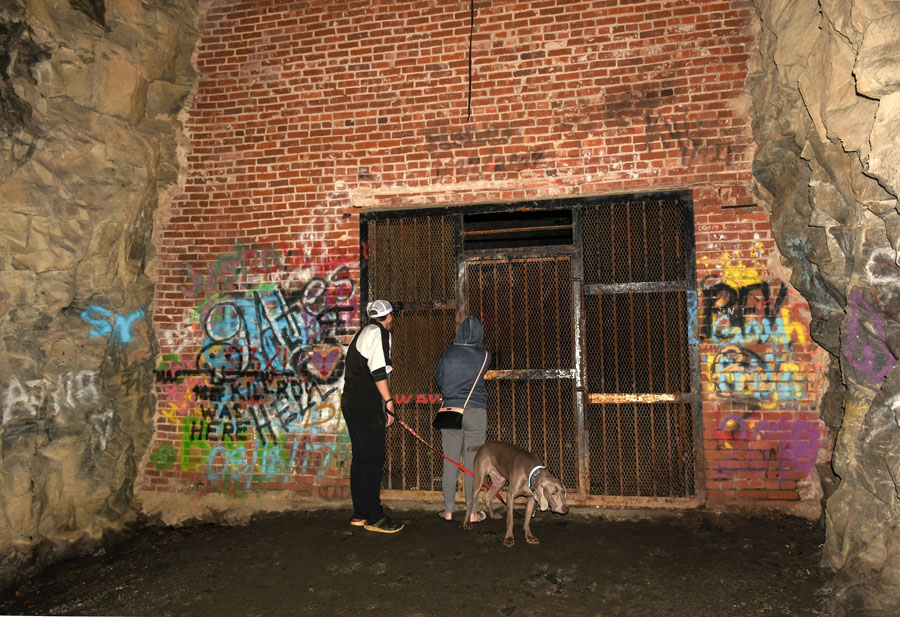
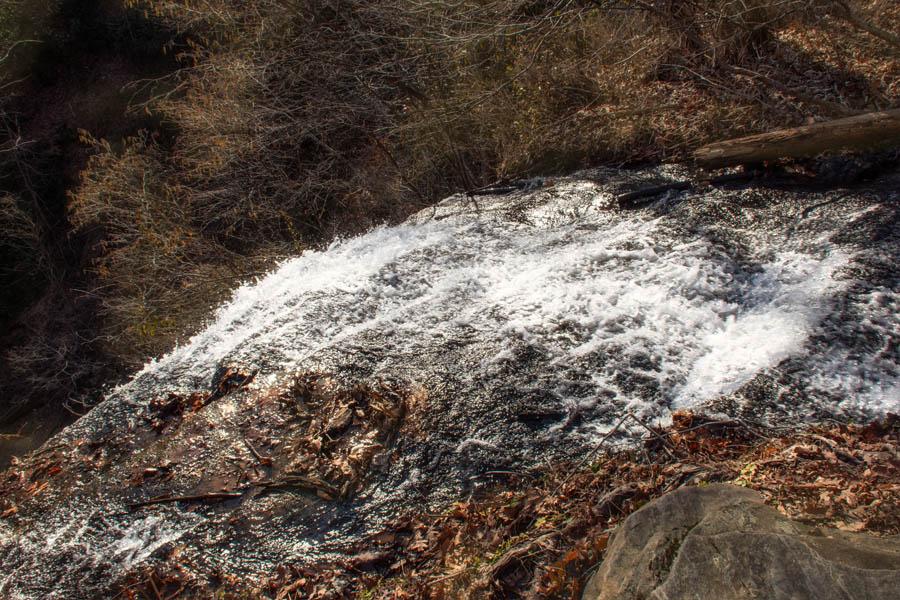



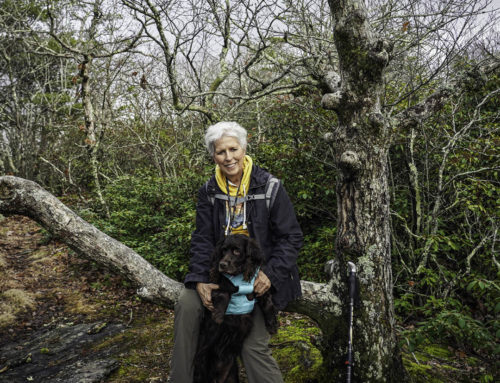
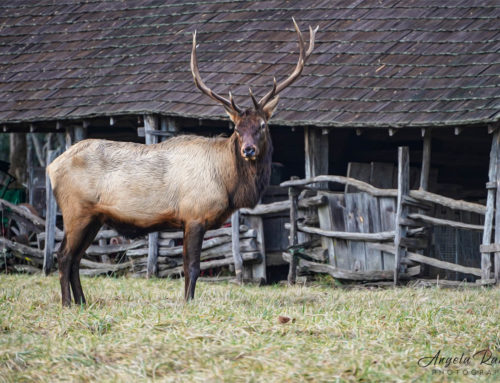
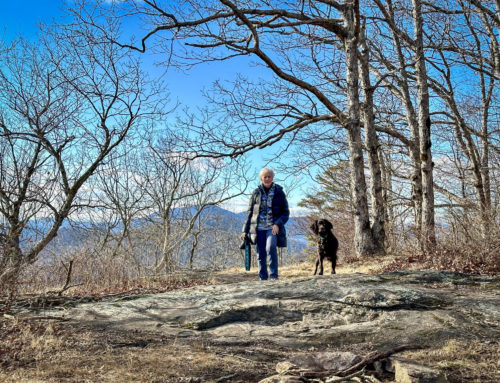
Leave A Comment